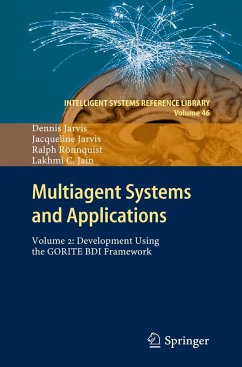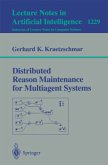Since its conception almost 30 years ago, the BDI (Belief Desire Intention) model of agency has become established, along with Soar, as the approach of choice for practitioners in the development of knowledge intensive agent applications. However, in developing BDI agent applications for over 15 years, the authors of this book have observed a disconnect between what the BDI model provides and what is actually required of an agent model in order to build practical systems. The GORITE BDI framework was developed to address this gap and this book is written for students, researchers and practitioners who wish to gain a practical understanding of how GORITE is used to develop BDI agent applications. In this regard, a feature of the book is the use of complete, annotated examples. As GORITE is a Java framework, a familiarity with Java (or a similar language) is assumed, but no prior knowledge of the BDI model is required.
From the reviews:
"The goal-oriented programming aspect of GORITE provides an execution approach for the well-known belief-desire-intention (BDI) agent architecture. The natural audience for the book includes programmers seeking to understand a set of techniques for managing complexity in the design of complex systems made up of interacting components. ... used as a supplement for a course in multiagent systems, where students are expected to understand the concepts, and also take a hands-on approach." (L. Sonenberg, Computing Reviews, April, 2013)
"The goal-oriented programming aspect of GORITE provides an execution approach for the well-known belief-desire-intention (BDI) agent architecture. The natural audience for the book includes programmers seeking to understand a set of techniques for managing complexity in the design of complex systems made up of interacting components. ... used as a supplement for a course in multiagent systems, where students are expected to understand the concepts, and also take a hands-on approach." (L. Sonenberg, Computing Reviews, April, 2013)








